|
SVP-24
The SVP-24 is a navigation system that acts as a computerized bomb sight manufactured by Russian company Gefest & T, that is claimed to provide similar accuracy to guided munitions. It uses the Continually Computed Release Point (CCRP) technology. It proved to be highly effective in the Russian military intervention in the Syrian Civil War and is being rolled out to all bombers in service with the Russian Aerospace Forces and Russian Naval Aviation. Design The SVP-24 consists of a GLONASS-supported nav/attack system, a new mission computer, liquid crystal displays, a flight recorder, and a keyboard. It reduces the time needed to program the aircraft's systems before a mission, and it improves the precision of unguided ordnance. It also allows the mission computer to be pre-programmed for automatic weapons release: forward air controllers are able to transmit standardised target coordinates to SVP-24-equipped aircraft. These are automatically fed into the aircraft's nav/attack syste ... [...More Info...] [...Related Items...] OR: [Wikipedia] [Google] [Baidu] |
Tupolev Tu-22M
The Tupolev Tu-22M (russian: Туполев Ту-22М; NATO reporting name: Backfire) is a supersonic, variable-sweep wing, long-range strategic and maritime strike bomber developed by the Tupolev, Tupolev Design Bureau in the 1960s. According to some sources, the bomber was believed to be designated Tu-26 at one time. During the Cold War, the Tu-22M was operated by the Soviet Air Forces (VVS) in a missile carrier strategic bombing role, and by the Soviet Naval Aviation (''Aviatsiya Voyenno-Morskogo Flota'', AVMF) in a long-range maritime anti-shipping role. As of 2021, before the 2022 Russian invasion of Ukraine, there were 66 of the aircraft in service. Development In 1962, after the introduction of the Tupolev Tu-22, it became increasingly clear that the aircraft was inadequate in its role as a bomber. In addition to widespread unserviceability and maintenance problems, the Tu-22's handling characteristics proved to be dangerous. Its landing speed was greater than previ ... [...More Info...] [...Related Items...] OR: [Wikipedia] [Google] [Baidu] |
Su-33
The Sukhoi Su-33 (russian: Сухой Су-33; NATO reporting name: ''Flanker-D'') is an all-weather carrier-based twin-engine air superiority fighter designed by Sukhoi and manufactured by Komsomolsk-on-Amur Aircraft Production Association, derived from the Su-27 and initially known as the Su-27K. Compared with the Su-27, the Su-33 has a strengthened undercarriage and structure, folding wings and stabilators, all for carrier operations. The Su-33 has canards, and its wings are larger than the Su-27 for a slower stall speed. The Su-33 has upgraded engines and a twin nose wheel, and is air refuelable. First used in operations in 1995 aboard the aircraft carrier , the fighter officially entered service in August 1998, by which time the designation "Su-33" was used. Following the break-up of the Soviet Union and the subsequent downsizing of the Russian Navy, only 24 aircraft were produced. Attempted sales to China and India fell through. With plans to retire the Su-33 once they ... [...More Info...] [...Related Items...] OR: [Wikipedia] [Google] [Baidu] |
Su-24M
The Sukhoi Su-24 (NATO reporting name: Fencer) is a supersonic, all-weather attack aircraft developed in the Soviet Union. The aircraft has a variable-sweep wing, twin-engines and a side-by-side seating arrangement for its crew of two. It was the first of the USSR's aircraft to carry an integrated digital navigation/attack system. It remains in service with the Russian Air Force, Syrian Air Force, Ukrainian Air Force, Algerian Air Force and various other air forces to which it was exported. Development Background One of the conditions for accepting the Sukhoi Su-7B into service in 1961 was the requirement for Sukhoi to develop an all-weather variant capable of precision air strikes. Preliminary investigations with ''S-28'' and ''S-32'' aircraft revealed that the basic Su-7 design was too small to contain all the avionics required for the mission. OKB-794 (later known as Leninets) was tasked with developing an advanced nav/attack system, codenamed ''Puma'', which would be at ... [...More Info...] [...Related Items...] OR: [Wikipedia] [Google] [Baidu] |
Tu-142
The Tupolev Tu-142 (russian: Туполев Ту-142; NATO reporting name: Bear F/J) is a Soviet/Russian maritime reconnaissance and anti-submarine warfare (ASW) aircraft derived from the Tu-95 turboprop strategic bomber. A specialised communications variant designated ''Tu-142MR'' was tasked with long-range communications duties with Soviet ballistic missile submarines. The Tu-142 was designed by the Tupolev design bureau, and manufactured by the Kuibyshev Aviation and Taganrog Machinery Plants from 1968 to 1994. Formerly operated by the Soviet Navy and Ukrainian Air Force, the Tu-142 currently serves with the Russian Navy. Developed in response to the American Polaris programme, the Tu-142 grew out of the need for a viable Soviet ASW platform. It succeeded the failed Tu-95PLO project, Tupolev's first attempt at modifying the Tu-95 for maritime use. The Tu-142 differed from the Tu-95 in having a stretched fuselage to accommodate specialised equipment for its ASW and survei ... [...More Info...] [...Related Items...] OR: [Wikipedia] [Google] [Baidu] |
Russian Military Intervention In The Syrian Civil War
{{Infobox military conflict , partof = the foreign involvement in the Syrian civil war, and the military intervention against ISIL , image = , image_size = , border = , caption = Top: Territorial map of the Syrian Civil War in September 2015 Middle: Current territorial map of the Syrian Civil War Bottom: Various military operations carried out via sea, air and land in Syria {{legend0, #ebc0b5, Syrian Government Army {{legend0, #cae7c4, Syrian National Army & others {{legend0, #e2d974, Syrian Democratic Forces {{legend0, #e6e6e6, Tahrir al-Sham {{legend0, #b4b2ae, Islamic State''(For a more detailed, up-to-date, interactive map, see here.'') , date = 30 September 2015 – present({{Age in years, months, weeks and days, month1=09, day1=30, year1=2015) , place = Syria , width = 450px , coordinates = , map_type = , map_relief = , latitude = ... [...More Info...] [...Related Items...] OR: [Wikipedia] [Google] [Baidu] |
Tupolev Tu-95
The Tupolev Tu-95 (russian: Туполев Ту-95; NATO reporting name: "Bear") is a large, four-engine turboprop-powered strategic bomber and missile platform. First flown in 1952, the Tu-95 entered service with the Long-Range Aviation of the Soviet Air Forces in 1956 and was first used in combat in 2015. It is expected to serve the Russian Aerospace Forces until at least 2040. A development of the bomber for maritime patrol is designated the Tu-142, while a passenger airliner derivative was called the Tu-114. The aircraft has four Kuznetsov NK-12 engines with contra-rotating propellers. It is the only propeller-powered strategic bomber still in operational use today. The Tu-95 is one of the loudest military aircraft, particularly because the tips of the propeller blades move faster than the speed of sound. Its distinctive swept-back wings are set at an angle of 35°. The Tu-95 is the only propeller-driven aircraft with swept wings that has been built in large numbers. De ... [...More Info...] [...Related Items...] OR: [Wikipedia] [Google] [Baidu] |
Su-25
The Sukhoi Su-25 ''Grach'' (russian: Грач (''rook''); NATO reporting name: Frogfoot) is a subsonic, single-seat, twin-engine jet aircraft developed in the Soviet Union by Sukhoi. It was designed to provide close air support for Soviet Ground Forces. The first prototype made its maiden flight on 22 February 1975. After testing, the aircraft went into series production in 1978 in Tbilisi in the Georgian Soviet Socialist Republic. Early variants included the Su-25UB two-seat Trainer aircraft, trainer, the Su-25BM for Target tug, target-towing, and the Su-25K for export customers. Some aircraft were upgraded to the Su-25SM standard in 2012. The Su-25T and the Su-25TM (also known as the Su-39) were further developments, not produced in significant numbers. The Su-25, and the Sukhoi Su-34, Su-34, were the only armoured, Fixed-wing aircraft, fixed-wing aircraft in production in 2007.Gordon and Dawes 2004. Su-25s are in service with Russia, other Commonwealth of Independent States ... [...More Info...] [...Related Items...] OR: [Wikipedia] [Google] [Baidu] |
Bomb Sight
A bombsight is a device used by military aircraft to drop bombs accurately. Bombsights, a feature of combat aircraft since World War I, were first found on purpose-designed bomber aircraft and then moved to fighter-bombers and modern tactical aircraft as those aircraft took up the brunt of the bombing role. A bombsight has to estimate the path the bomb will take after release from the aircraft. The two primary forces during its fall are gravity and air drag, which make the path of the bomb through the air roughly parabola, parabolic. There are additional factors such as changes in air density and wind that may be considered, but they are concerns only for bombs that spend a significant portion of a minute falling through the air. Those effects can be minimized by reducing the fall time by low-level bombing or by increasing the speed of the bombs. Those effects are combined in the dive bomber. However, low-level bombing also increases the danger to the bomber from ground-based d ... [...More Info...] [...Related Items...] OR: [Wikipedia] [Google] [Baidu] |
Russian Military Intervention In The Syrian Civil War
{{Infobox military conflict , partof = the foreign involvement in the Syrian civil war, and the military intervention against ISIL , image = , image_size = , border = , caption = Top: Territorial map of the Syrian Civil War in September 2015 Middle: Current territorial map of the Syrian Civil War Bottom: Various military operations carried out via sea, air and land in Syria {{legend0, #ebc0b5, Syrian Government Army {{legend0, #cae7c4, Syrian National Army & others {{legend0, #e2d974, Syrian Democratic Forces {{legend0, #e6e6e6, Tahrir al-Sham {{legend0, #b4b2ae, Islamic State''(For a more detailed, up-to-date, interactive map, see here.'') , date = 30 September 2015 – present({{Age in years, months, weeks and days, month1=09, day1=30, year1=2015) , place = Syria , width = 450px , coordinates = , map_type = , map_relief = , latitude = ... [...More Info...] [...Related Items...] OR: [Wikipedia] [Google] [Baidu] |
GLONASS
GLONASS (russian: ГЛОНАСС, label=none, ; rus, links=no, Глобальная навигационная спутниковая система, r=Global'naya Navigatsionnaya Sputnikovaya Sistema, t=Global Navigation Satellite System) is a Russian satellite navigation system operating as part of a radionavigation-satellite service. It provides an alternative to Global Positioning System (GPS) and is the second navigational system in operation with global coverage and of comparable precision. Satellite navigation devices supporting both GPS and GLONASS have more satellites available, meaning positions can be fixed more quickly and accurately, especially in built-up areas where buildings may obscure the view to some satellites. GLONASS supplementation of GPS systems also improves positioning in high latitudes (north or south). Development of GLONASS began in the Soviet Union in 1976. Beginning on 12 October 1982, numerous rocket launches added satellites to the system, unti ... [...More Info...] [...Related Items...] OR: [Wikipedia] [Google] [Baidu] |
Bomber
A bomber is a military combat aircraft designed to attack ground and naval targets by dropping air-to-ground weaponry (such as bombs), launching aerial torpedo, torpedoes, or deploying air-launched cruise missiles. The first use of bombs dropped from an aircraft occurred in the Italo-Turkish War, with the first major deployments coming in the World War I, First World War and World War II, Second World War by all major airforces causing devastating damage to cities, towns, and rural areas. The first purpose built bombers were the Italy, Italian Caproni Ca 30 and United Kingdom, British Bristol T.B.8, both of 1913. Some bombers were decorated with nose art or victory markings. There are two major classifications of bomber: strategic and tactical. Strategic bombing is done by heavy bombers primarily designed for long-range bombing missions against strategic targets to diminish the enemy's ability to wage war by limiting access to resources through crippling infrastructure or reduci ... [...More Info...] [...Related Items...] OR: [Wikipedia] [Google] [Baidu] |
Military Electronics Of Russia
A military, also known collectively as armed forces, is a heavily armed, highly organized force primarily intended for warfare. It is typically authorized and maintained by a sovereign state, with its members identifiable by their distinct military uniform. It may consist of one or more military branches such as an army, navy, air force, space force, marines, or coast guard. The main task of the military is usually defined as defence of the state and its interests against external armed threats. In broad usage, the terms ''armed forces'' and ''military'' are often treated as synonymous, although in technical usage a distinction is sometimes made in which a country's armed forces may include both its military and other paramilitary forces. There are various forms of irregular military forces, not belonging to a recognized state; though they share many attributes with regular military forces, they are less often referred to as simply ''military''. A nation's military may f ... [...More Info...] [...Related Items...] OR: [Wikipedia] [Google] [Baidu] |
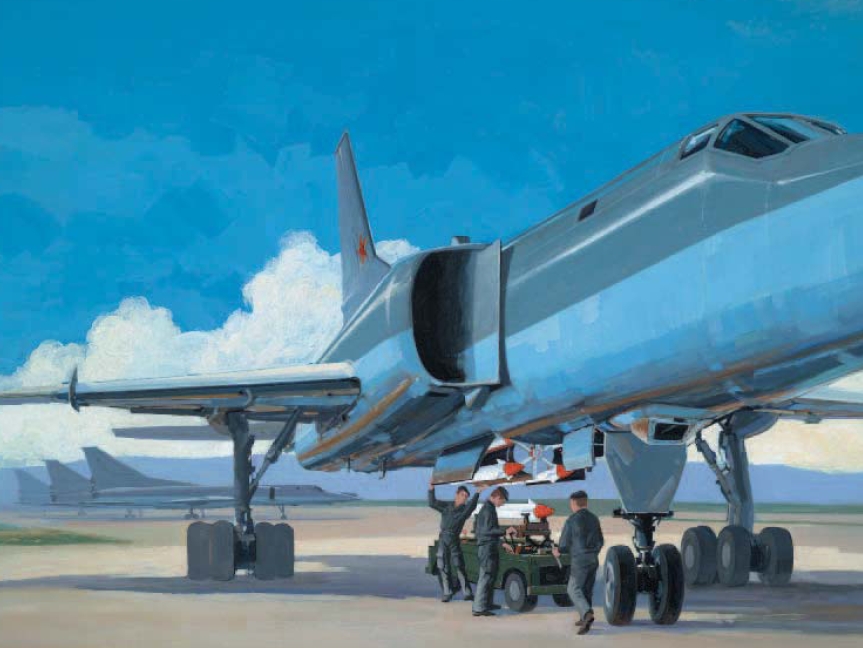
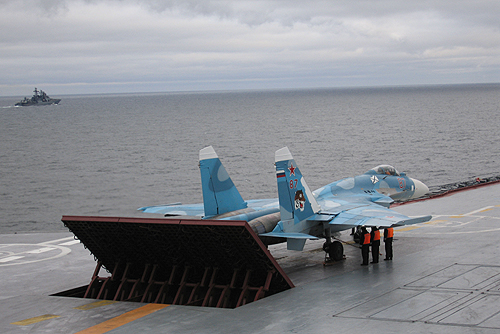
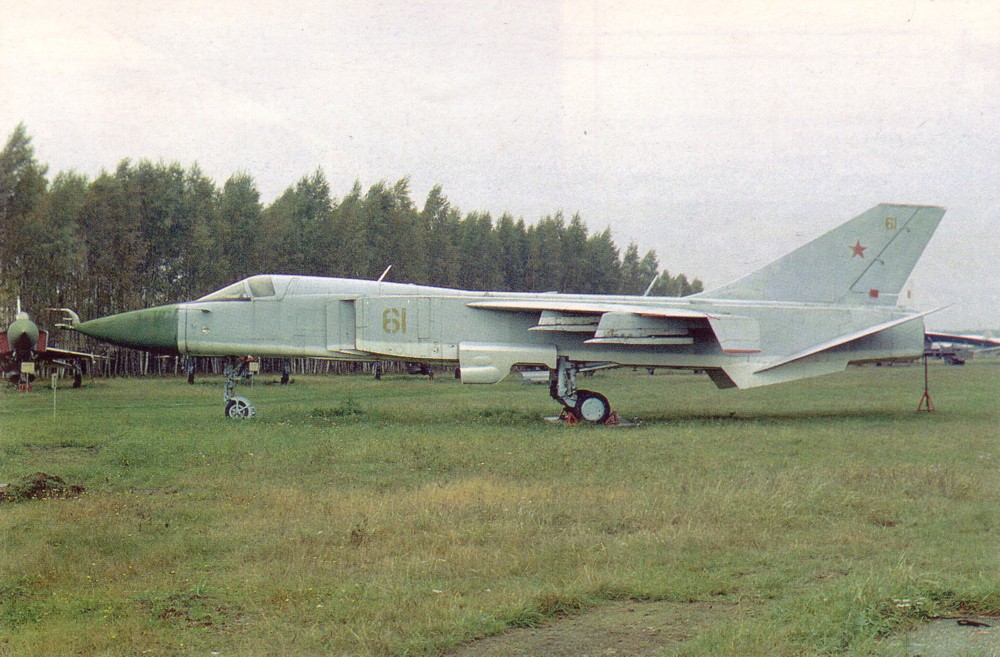


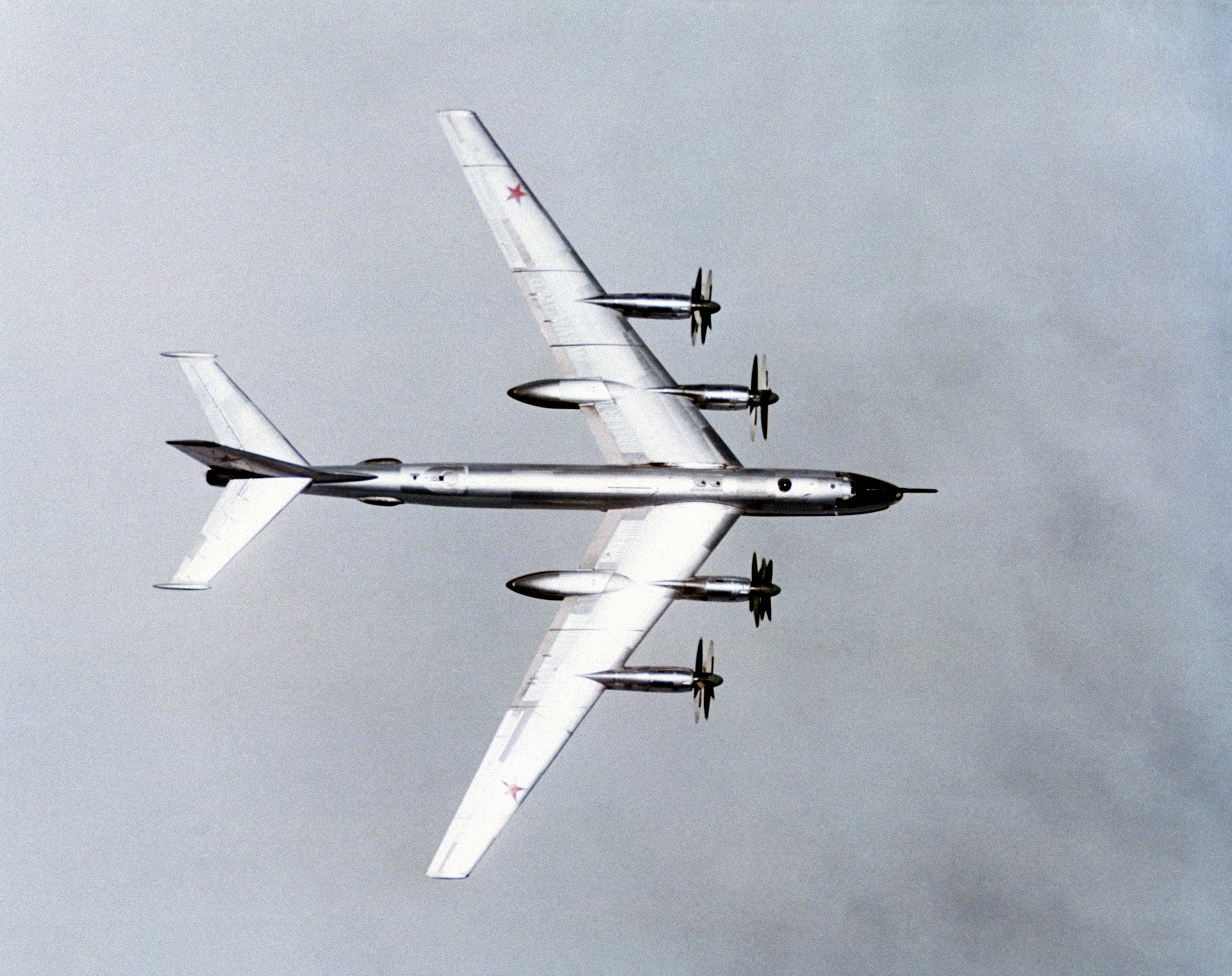
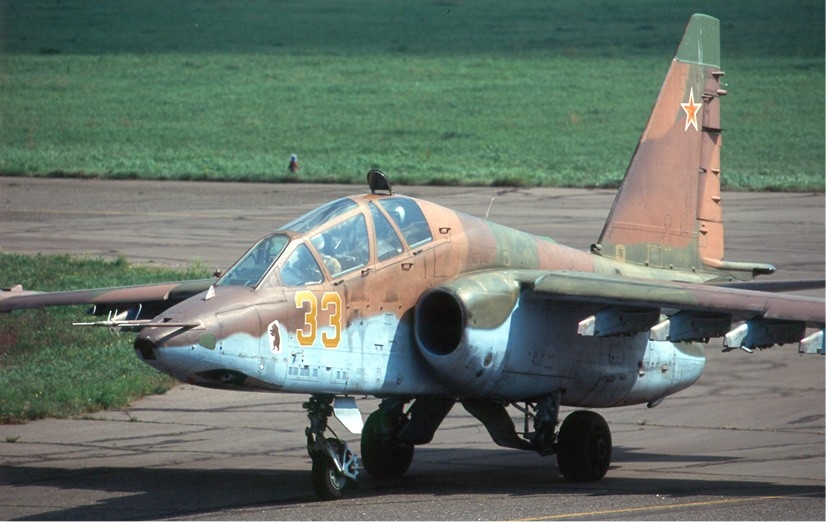
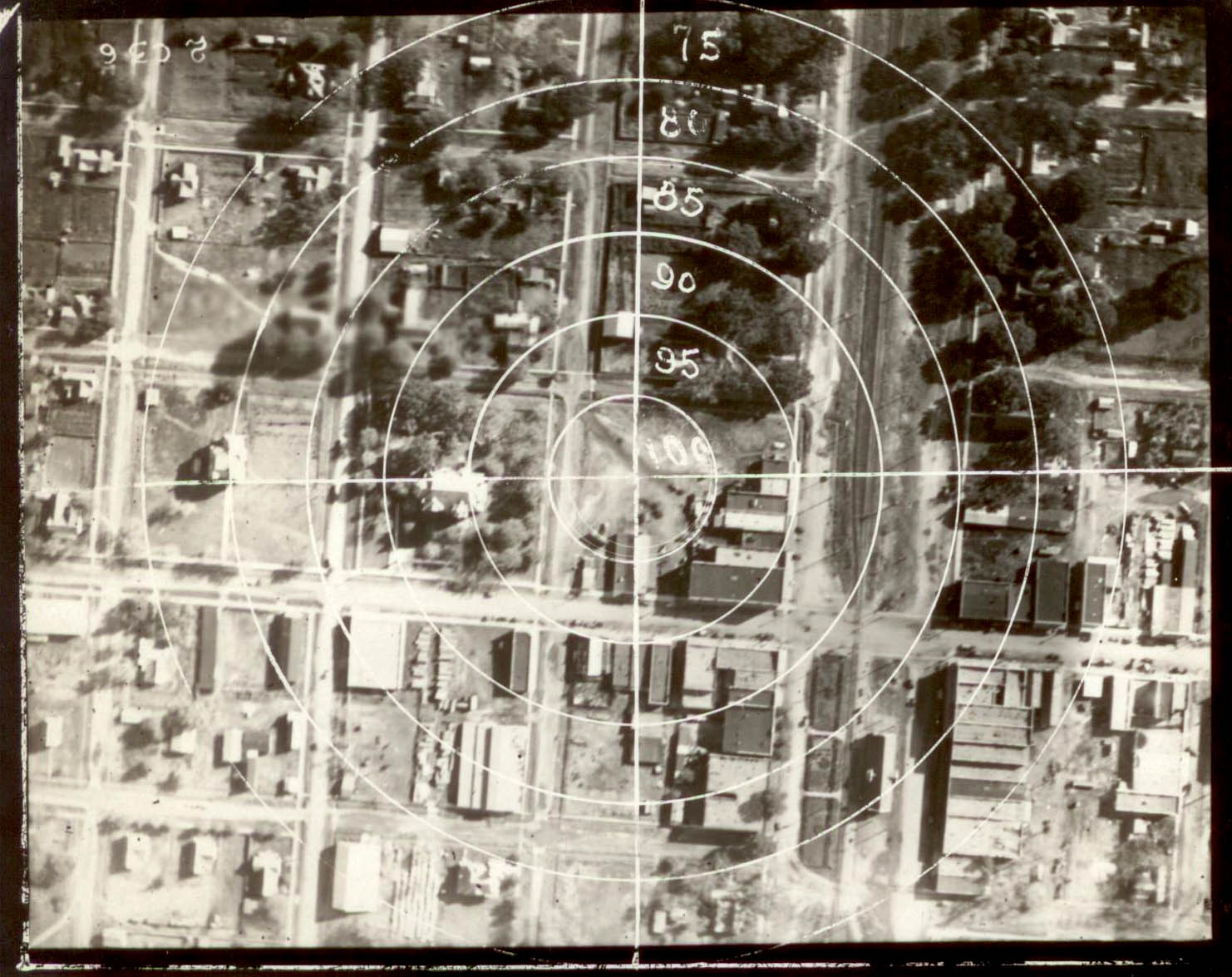

.jpg)